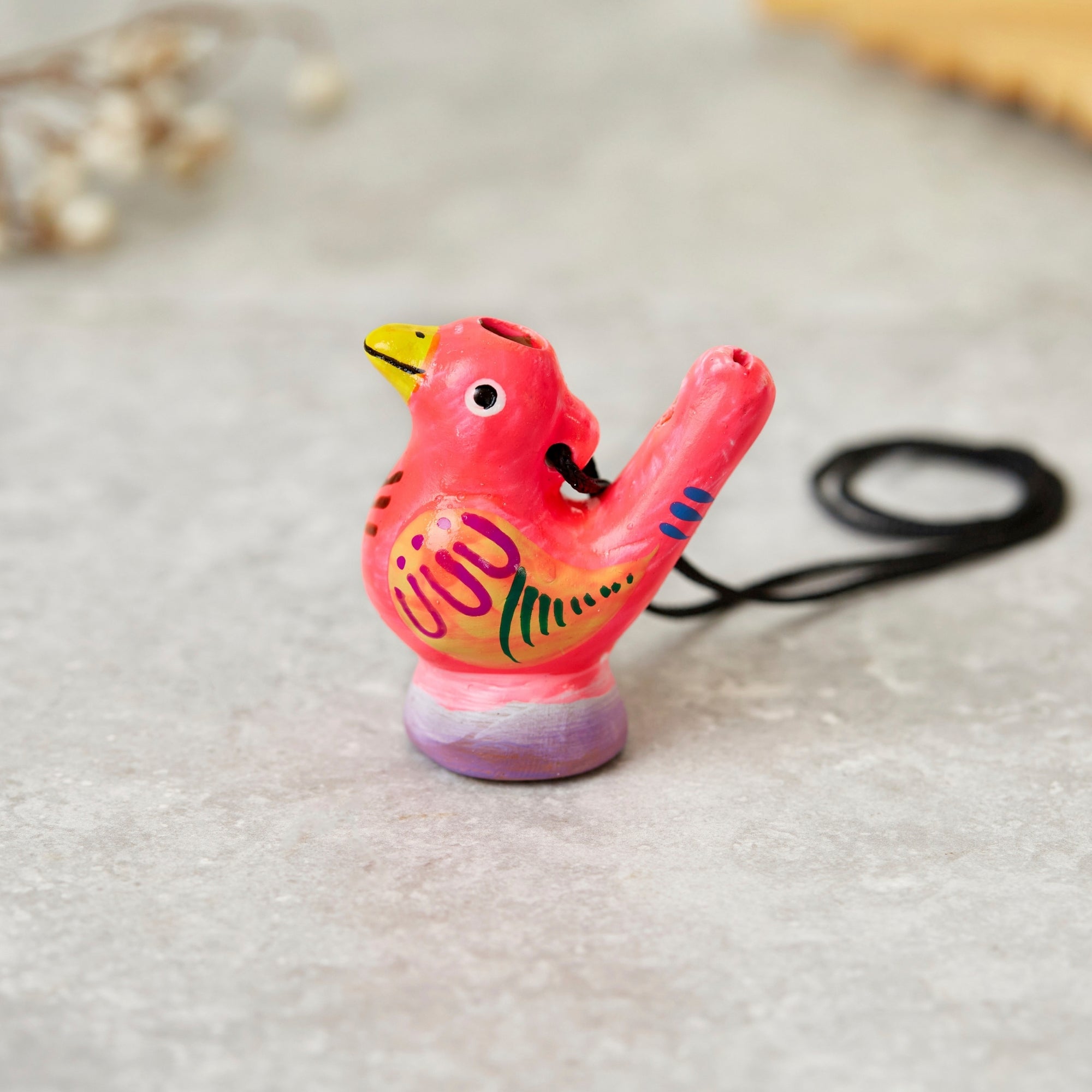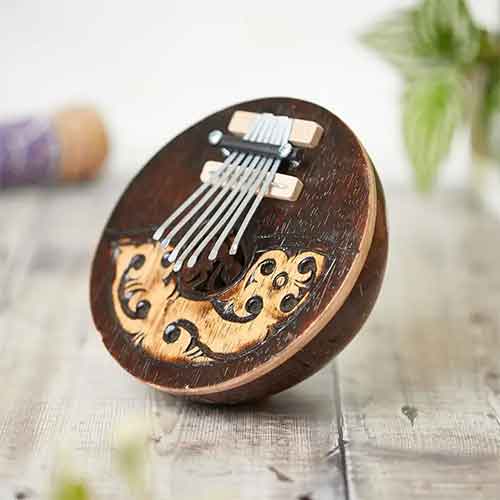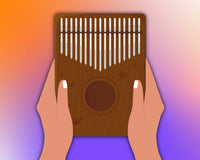Blog

Why Handcrafted Products Are Ideal for Sustainable Students
Handcrafted products are a unique blend of quality, sustainability, and craftsmanship. The products made using handicrafts are one of a kind. They ...
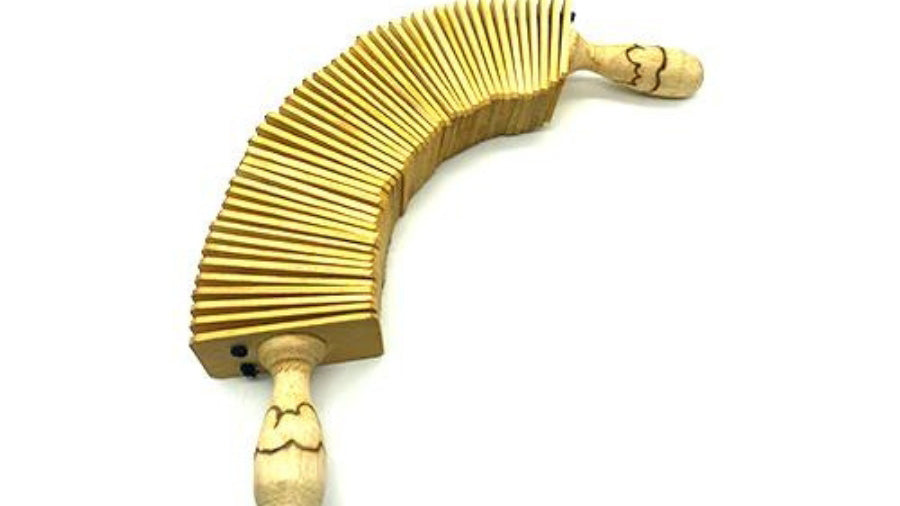
Kokoriko Musical Instrument (The Complete Guide)
The kokoriko is a traditional Japanese percussion instrument with a unique sound and history. In this article, we will explore the origin, history,...
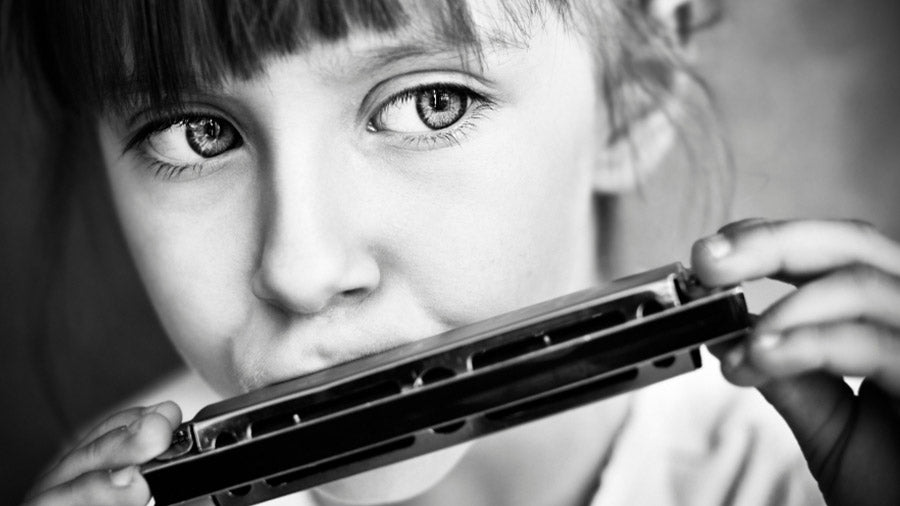
Harmonica (The Complete Guide)
Harmonicas, beloved for their compact size and expressive sound, have been enchanting musicians and audiences for centuries. Originating in the ear...

15 Musical Instruments In A Marching Band
Marching bands are known for their captivating performances and vibrant sound. While most people are familiar with popular instruments like the tr...

Kashaka Cas Cas Shaker (The Complete Guide)
The Kashaka, or Cas Cas, is a percussive shaker that may seem simple at first glance but holds a rich cultural history and a captivating presence i...

How to Play the Flexatone (Tutorial)
Perfect for percussionists, the pitch of the sound of a Flexatone Rattle is constantly altered by the tension of the sheet metal. The sound is prod...

Where to buy a Kazoo (Buying Guide)
The kazoo is a small, simple, amusing musical instrument that produces a buzzing sound. It consists of a hollow chamber with a membrane at one end ...

How to Play the Kazoo (Easy Tutorial for Beginners)
Kazoos are an amusing, yet underrated, musical instrument. With the help of a kazoo, you can easily produce a buzzing or humming sound. The kazoo i...
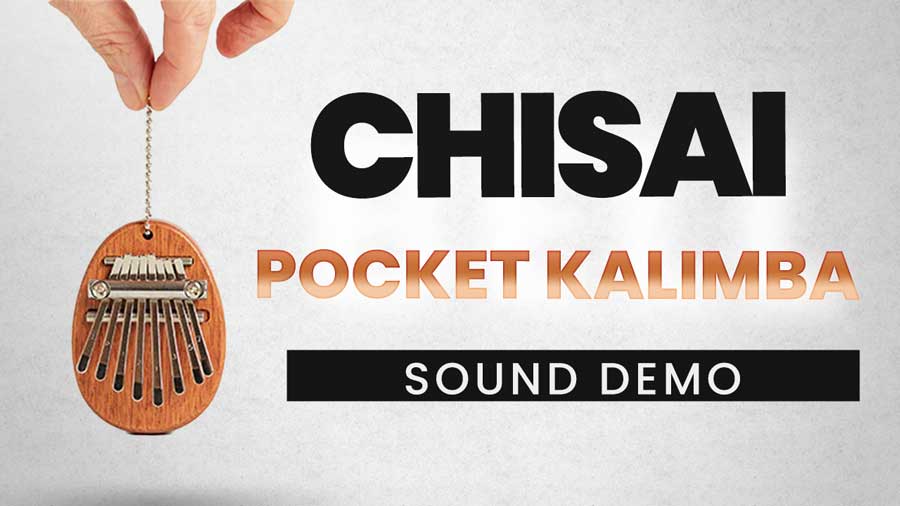
How to Play the Pocket Kalimba (Tutorial)
The pocket kalimba is made from solid wood and has a clear finish, this 8 note mini kalimba is as portable as it gets! Small as it may seem, this ...

How to Play the Vibraslap (Tutorial)
Also known as the jawbone or the chatterbox, the percussion instrument Guan Vibraslap creates its chattering sound effect by holding the metal fra...

